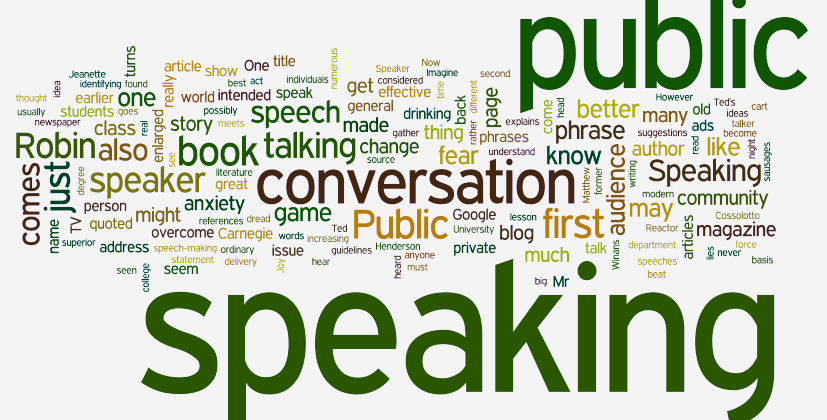
In today’s world, technology has become an integral part of education. From online classes to e-learning platforms, digital tools have revolutionized the way we learn and acquire knowledge. However, as our reliance on technology continues to grow, it is important to acknowledge that not everyone has equal access to these resources. The digital divide – or the gap between those who can access and use technology effectively and those who cannot – is a significant barrier in educational advancement for millions of students around the world. In this blog post, we’ll explore how inequality impacts learning outcomes and why bridging the digital divide should be a top priority for educators everywhere.
Defining the Digital Divide
The digital divide is the gulf between those with regular, reliable access to the internet and those without. It’s a growing problem in the United States, where nearly one in four households lacks broadband service. The digital divide disproportionately affects low-income families, rural residents, and people of color.
This divide has far-reaching consequences. For example, it limits educational opportunities for students who don’t have home internet access. They can’t do their homework or research papers online. They may not be able to take advantage of online learning tools or resources. And they may not have access to the same information as their peers who do have internet access.
The digital divide also limits job opportunities for adults who don’t have internet access at home. Many jobs now require applicants to apply online, but those without home internet access can’t apply for these jobs. This puts them at a disadvantage in the job market and can perpetuate the cycle of poverty.
The digital divide is a complex problem with no easy solutions. But bridging this divide is essential to ensuring that everyone has an equal opportunity to succeed in today’s economy.
How the Digital Divide Impacts Education
The digital divide is the gulf between those with regular, reliable access to the internet and those without. It impacts every aspect of life in the modern world, from work and education to socializing and entertainment. And while it may seem like a relatively new phenomenon, it’s actually been around for quite some time.
The digital divide first came to light in the 1990s, when researchers noticed a growing gap between those with internet access and those without. This was largely due to the fact that early internet adoption was driven by businesses and government organizations, who had the resources to invest in expensive infrastructure and hardware. As a result, most early internet users were wealthy, educated, and white.
Over time, the digital divide has become more complex. While income and education levels are still major factors, other variables now come into play, such as race, age, gender, geography, and language barriers. The divide also exists within countries as well as between them. In the United States, for example, there is a significant urban-rural divide when it comes to internet access.
This inequality has far-reaching consequences for society as a whole. One of the most notable is the impact on education. The digital divide limits educational advancement in several ways:
First, it creates an unequal playing field for students from different backgrounds. Those from higher-income families can afford to purchase computers and pay for broadband internet access, giving them a major advantage over their less-
Technology and Inequality in Education
Achievement gaps in the United States are well documented. They exist between rich and poor students, between white students and students of color, and between native English speakers and English language learners. But another, often overlooked gap exists between students who have access to technology at home and those who do not.
This digital divide has far-reaching consequences for educational equity. Students without home access to technology are at a disadvantage when it comes to completing homework assignments, conducting research, and staying connected with their teachers and classmates. They are also less likely to have opportunities to develop the critical 21st-century skills that are increasingly important for success in college and career.
The digital divide is especially pronounced for low-income students and students of color. According to a 2016 report from the Pew Research Center, just over half of households with an annual income of less than $30,000 have broadband internet service, compared with 87% of households with an income of $75,000 or more. And while 68% of whites use the internet at home, that number drops to 54% for blacks and 53% for Hispanics.
As more and more school districts adopt digital learning initiatives, the risk is that these disparities will widen unless concerted efforts are made to ensure that all students have equal access to technology both in and out of school. One way to level the playing field is through public-private partnerships that provide low-cost or free internet service to families in need. But ultimately, closing
The Cost of Inequality in Education
In America, Educational opportunities are not evenly distributed. There is a growing “Digital Divide” in our country that is effecting academic achievement. Technology has become an integral part of education, and students who do not have access to quality technology are at a serious disadvantage.
According to a recent study by the nonprofit Common Sense Media, 66 percent of low-income families do not have high-speed Internet at home, compared with just 9 percent of families earning more than $75,000 per year. This divide limits educational advancement for those who cannot afford it.
The digital divide is most pronounced in rural areas, where only 53 percent of households have high-speed Internet access. This leaves many rural students at a severe disadvantage when it comes to their education.
There are a number of reasons why the digital divide exists. One reason is the cost of Internet service. High-speed Internet can be expensive, and many low-income families simply cannot afford it. Another reason is the lack of available infrastructure in some areas. Many rural areas do not have the necessary infrastructure in place to support high-speed Internet Access.
The digital divide has serious implications for educational equity and opportunity in America. Students who do not have access to quality technology are at a serious disadvantage when it comes to their education. The digital divide limits educational advancement for those who cannot afford it, and this must be addressed if we are to provide all students with an equal chance at success.
Solutions to Overcome the Digital Divide in Education
There are a number of ways to overcome the digital divide in education. One way is to provide computer access and training to students who do not have access at home. This can be done through school libraries, community centers, or other public places that offer computer access.
Another way to overcome the digital divide is to offer online courses or distance learning opportunities for students who cannot attend traditional schools. This allows all students to have access to the same educational materials and opportunities, regardless of their location or economic status.
Finally, it is important to make sure that all students have equal access to high-speed Internet service. This can be done by providing free or reduced-cost Internet service to low-income households, or by working with Internet service providers to ensure that everyone has affordable access.
Conclusion
The digital divide is a deep and complex issue that requires both immediate action and long-term solutions. The implications of the gap between those who have access to technology, broadband services, and educational materials can be far-reaching—from lower graduation rates among disadvantaged students to reduced economic opportunities for low-income families. We must continue investing in initiatives that bridge this divide so all children can participate fully in the 21st century economy.










